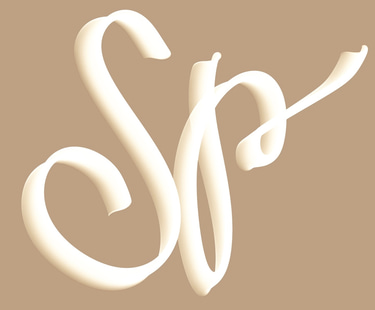Animation Projects
Derby Car
I used Maya for both animation and modeling, applying key animation principles such as squash and stretching, slowing in and out, and timing to bring designs to life. For modeling, 3D assets were created with attention to form, detail, and topology to ensure smooth integration into projects.
For game development, Unity was used to implement models and animations, bringing interactivity to creations. Unity paved way to integrate physics, lighting, and scripting to enhance gameplay and create a seamless user experience.
Peg Jump
The peg jump animation was created using Maya, utilizing key animation principles to ensure smooth and natural movement. The animation follows a peg as it jumps, incorporating anticipation, squash and stretch, and follow-through to enhance realism and appeal.
Anticipation was used to prepare the peg for its jump, giving a slight downward motion before the leap. Squash and stretch were applied to emphasize the peg's elasticity, compressing upon landing and stretching at the peak of its jump. Timing and spacing were carefully adjusted to create a believable arc, ensuring weight and momentum were properly conveyed.
The animation also included follow-through and overlapping action, ensuring that secondary motion, such as the peg settling after landing, contributed to a more lifelike performance. Through this project, a strong understanding of animation fundamentals in Maya was demonstrated, refining both technical and creative skills.
Walks
Walk cycles are an essential part of character animation, each type conveying unique personality traits, emotions, and storytelling elements. There are various types of walks, including the vanilla walk, which is a neutral and natural walk cycle, and character walks, which introduce distinct personality traits through exaggerated movements, varying speed, and body language.
For this project, both a vanilla walk and a character walk were created using Maya. The vanilla walk served as a foundation, focusing on proper weight shift, balance, and fluidity. The animation followed the standard contact, passing, down, and up poses, ensuring realistic movement. Principles such as slow in and slow out and overlapping action were applied to make the motion smooth and natural.
The character walk, in contrast, was designed to reflect personality and emotion. Exaggerated movements, varied timing, and specific posing were used to make the walk unique. Adjustments in hip movement, arm swings, stride length, and foot placement were made to convey traits such as confidence, nervousness, or excitement.
Through these exercises, a deeper understanding of walk cycles was developed, reinforcing the importance of body mechanics and animation principles in creating lifelike and expressive character movements.
Bouncing Ball
In this project, a bouncing ball was animated using rigged controls in Maya, incorporating fundamental animation principles to achieve realistic motion. Squash and stretch were applied to give the ball a natural sense of elasticity, allowing it to compress upon impact and elongate as it rebounded. Slow in and slow out were used to create smooth acceleration and deceleration, enhancing the ball’s natural movement.
The rigged controls provided precise adjustments in timing and spacing, ensuring the ball followed a believable arc. Keyframes were carefully placed to emphasize weight and momentum, making the animation feel more dynamic. Through this process, the project demonstrated a strong understanding of animation fundamentals while refining technical skills in Maya.
Connect
© 2025. All rights reserved.
